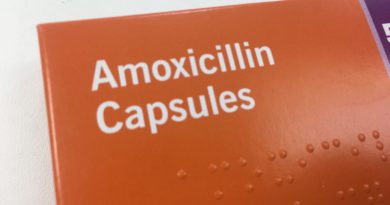Neurodegenerative disease and its burden on society
The UK has an ageing population and with longer life expectancies more of us will suffer from neurodegenerative diseases. These tend to affect the older population and pose a huge socio-economic burden on the country. Alzheimer’s Disease risk doubles every 5 years above the age of 65 with 2-in-5 85 year olds suffering from Alzheimer’s.
Neurodegenerative disease tend to cause a loss of neuronal function and structure usually resulting in neuronal cell death. This is especially significant as most neurons do not regenerate so once the neurons are gone, they will not grow back. This has meant that most neurodegenerative diseases are not reversible but can only be treated from the point at which they are diagnosed. They are also very rarely curable with the majority of treatments only relieving some of the symptoms. Furthermore neurodegenerative diseases tend to be progressive, steadily getting worse over the course of the disease, resulting in worsening symptoms and decreasing quality of the life for patients.
As mentioned above the biggest risk factor of getting a neurodegenerative disease is ageing, however other factors can also change your risk. These include family history as some disorders are inherited or contain some genetic risk factors as well as lifestyle choices such as exercise and diet – both exercise and consumption of fish oils can reduce the risk and obesity and high cholesterol increases the risk of neurodegeneration. Diabetes (insulin resistance) increases the risk, and even low educational attainment has been shown to be a risk factor. Whether this is due to increased use of mental faculties or whether this is a correlation between a higher educational attainment and a reduction in other risk factors is still unknown. Head trauma has also been seen to lead to increased incidence of certain neurodegenerative diseases such as in sports such as rugby and boxing being linked to an increased risk of Parkinson’s.
Many of these disease are caused on a molecular level by proteins misfolding and aggregating causing serious damage and often neuronal death. In Alzheimer’s Disease these aggregates tend to affect the hippocampus which is fundamental for memory formation, storage and retrieval, explaining why the primary symptom includes memory loss and disorientation. In Parkinson’s Disease, the substantia nigra is the part of the brain affected through the loss of pigmented melanin containing neurones. Usually symptoms are seen when 50% of the cells in the substantia nigra have died. These symptoms are described by Akinetic-rigid syndrome which is an inability to initiate movement and difficulty in stopping movements once they have started, often leading to tremors and slowness of movement (Bradykinesia). Many novel therapies are in development for both Parkinson’s and Alzheimer’s with treatments developed to target particular cellular pathways these neurodegenerative diseases are known to affect.




